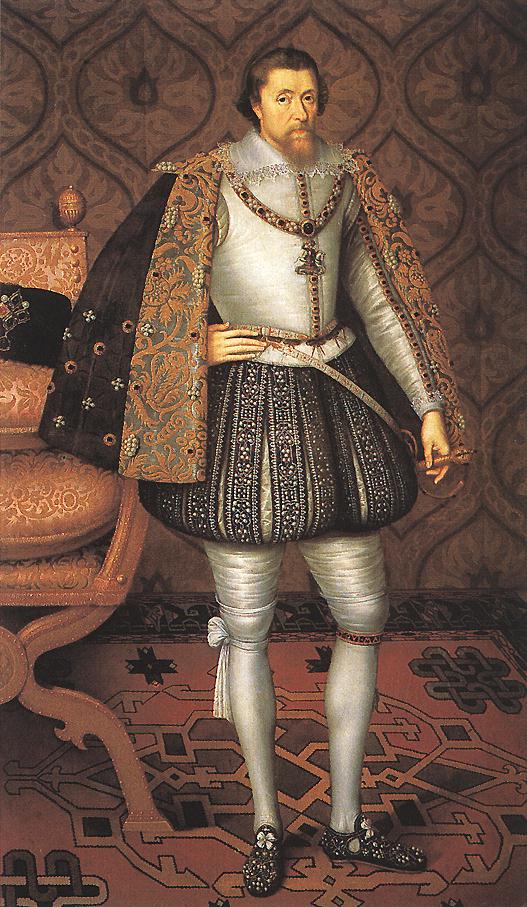The following is an interview with Katherine Hope Borges, founder of ISOGG (The International Society of Genetic Genealogy), done at the 2007 SoCal Genealogical Jamboree. ISOGG has about 5,000 members and is growing rapidly. ISOGG has MANY great services on their website, including the “Founding Fathers DNA Page”, and an up-coming Presidential DNA page.
If you liked the video, there are lots more at Roots Television!! If you’re interested in genetic genealogy and haven’t checked out Roots Television yet, you don’t know what you’re missing.
Thanks to Megan for letting me snag this video!


